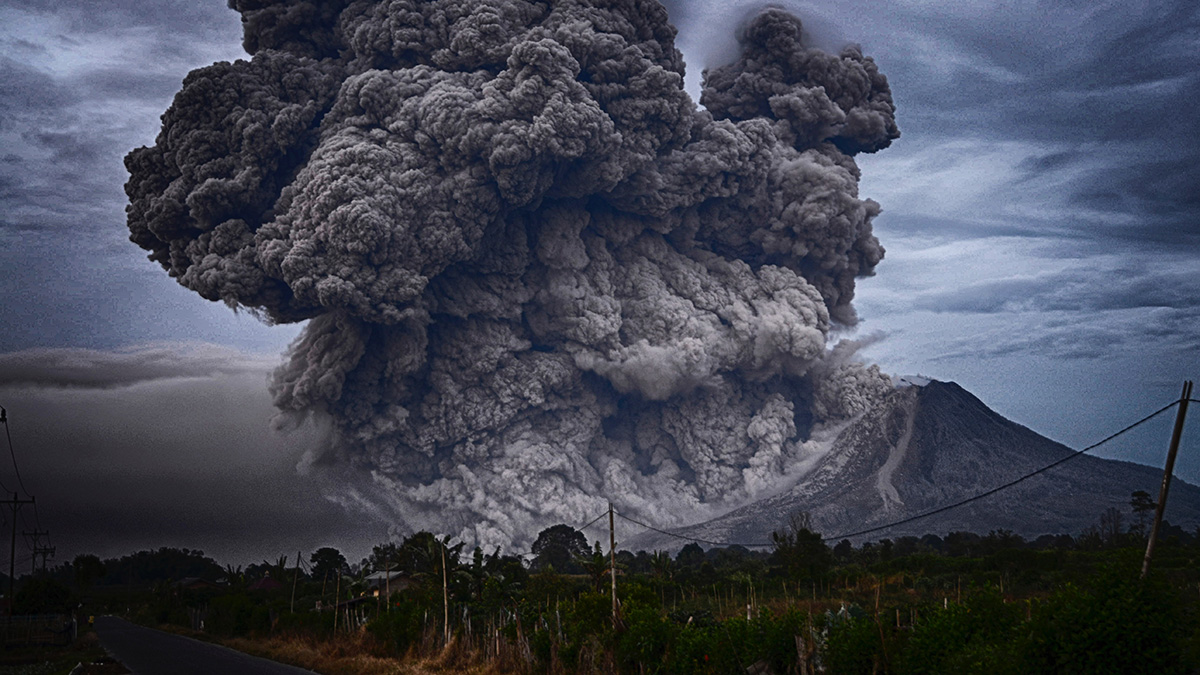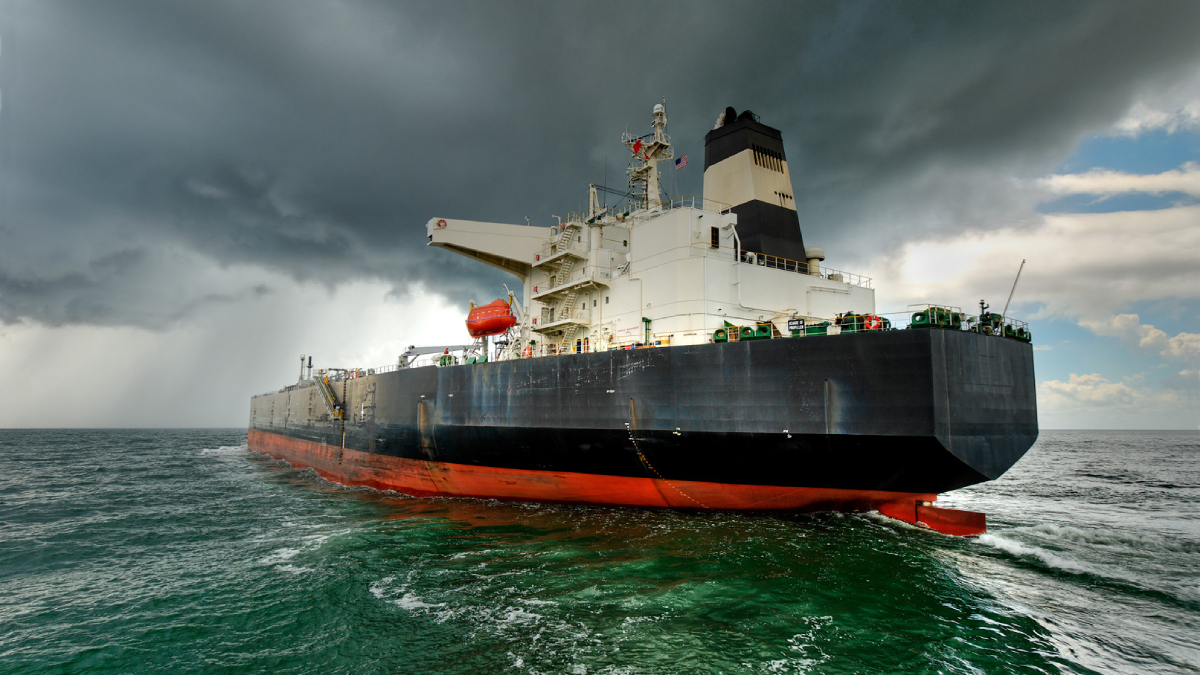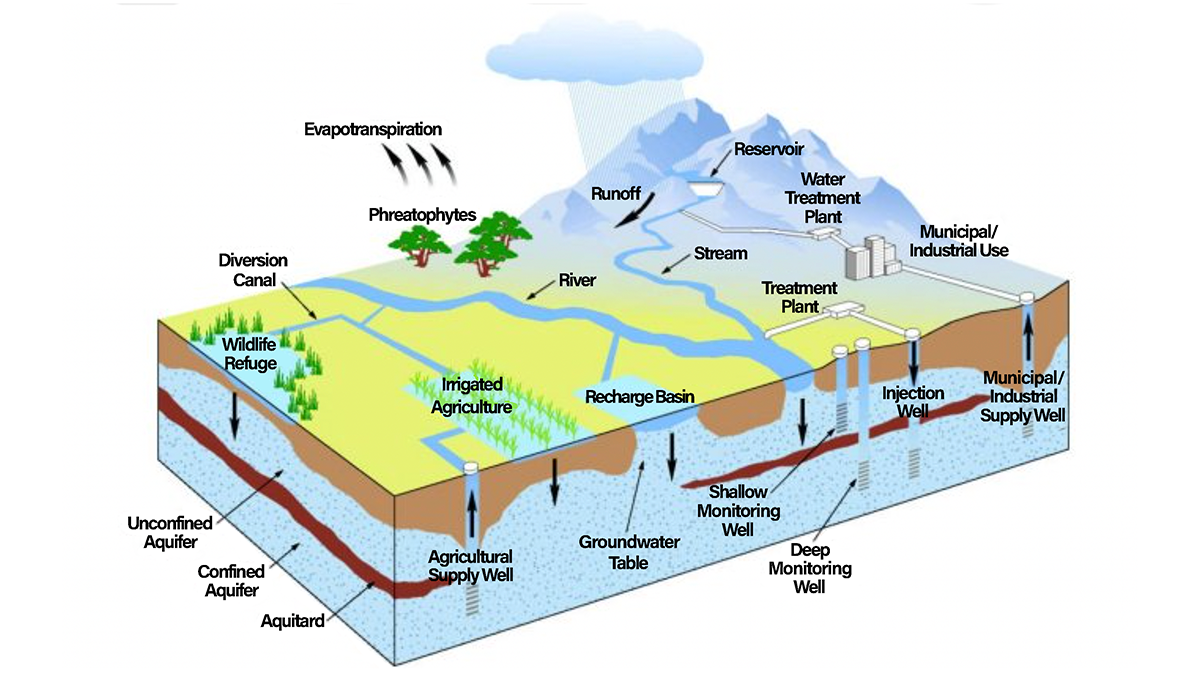Weather records preserved by staff and students at Williams College reveal cool spells in New England after volcanic blasts in Indonesia and South Asia.
Earth science
Seaports Could Lose $67 Billion Yearly from Natural Disasters
Small islands and low-income nations face the largest relative monetary losses to their ports and maritime trade.
Baked Contacts Focus a Lens on Ancient Lava Flows
Two studies, conducted 40 years apart, show how combining field observations and thermal modeling can reconstruct the history of massive lava flows and how they altered the surrounding landscape.
How Much Greenhouse Gas Do Tropical Soils Emit?
New research found that tropical soils emit nitrogen mostly as inert dinitrogen rather than as greenhouse gases.
El agua subterránea se repone mucho más rápido de lo que pensaban los científicos
Un nuevo modelo basado en el clima indica que los científicos podrían haber subestimado la importancia del agua subterránea para mantener los ríos y la vida vegetal.
The Rise of Gaming-Based Virtual Field Trips
Geologists are harnessing a game engine to build environments for teaching and learning.
Mentorship Builds Inclusivity and Belonging in the Geosciences
Four evidence-based approaches implemented through an innovative mentoring program have succeeded at improving retention rates of undergraduate women in the geosciences.
What’s Up at the Bottom of the Ocean?
From isotopes to oil spills, sand mining to SMART cables, an array of science is grounded on the seafloor.
What Happens to Drugs After They Leave Your Body?
It’s hard to predict with certainty how drugs break down once they enter waterways. In a new study, scientists devised a way to do just that.










